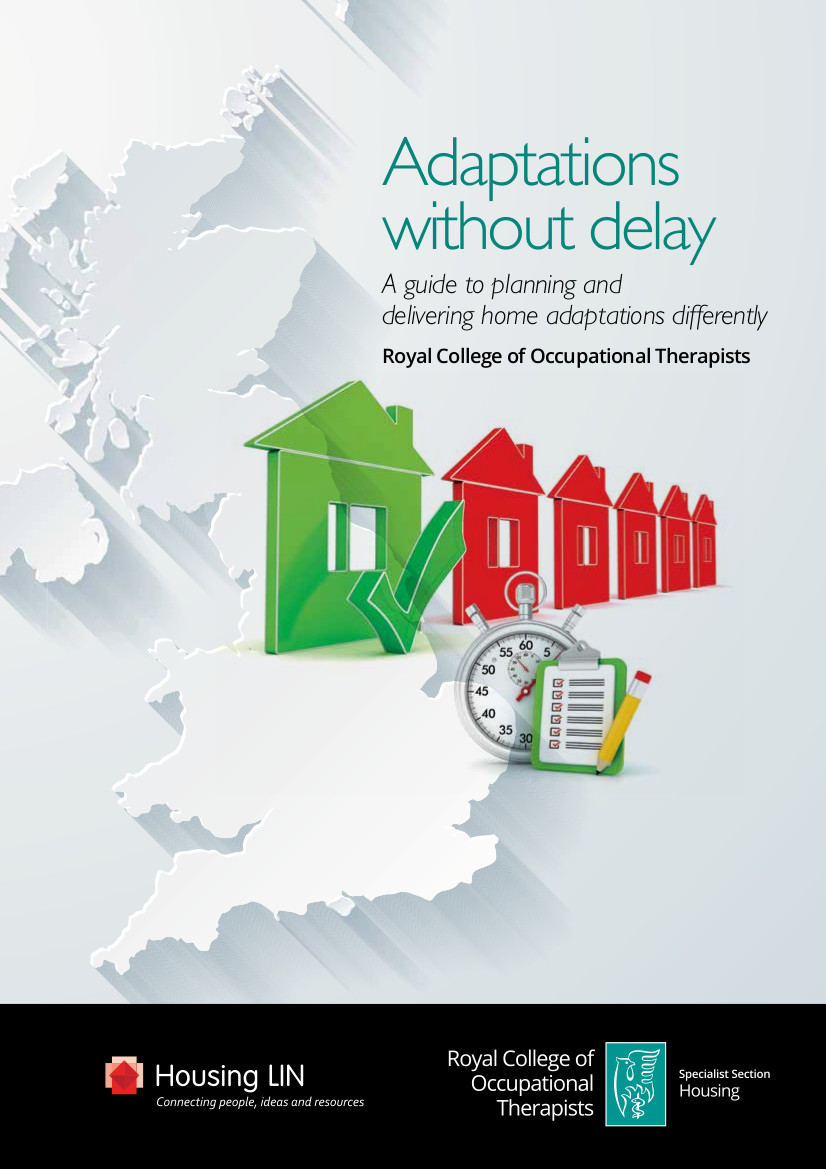Royal College of Occupational Therapists publishes guidance to improve access to housing adaptations
 A new guide launched by the Royal College of Occupational Therapists (RCOT) has identified how to improve access to housing adaptations, ensuring patients can live well at home.
A new guide launched by the Royal College of Occupational Therapists (RCOT) has identified how to improve access to housing adaptations, ensuring patients can live well at home.
The guide has been endorsed by a number of expert bodies from across the UK, including the Chartered Institute of Housing and the Scottish Federation of Housing Associations (SFHA).
Adaptations can include the installation of grab rails, stair lifts and hands free technology to improve the health and wellbeing of patients at home. These are especially valuable to older people, and adults or children with disabilities.
The guide, produced using commissioned research from the Housing Learning and Improvement Network, provides practitioners and organisations with practical tools to identify a proportionate response and ways of working. It will also assist social care and housing managers as to how adaptations can best be provided locally.
The guidance is intended for care and repair agencies, housing providers, housing associations, and occupational therapy services, but also provides advice for builders, retailers and product manufacturers.
Research found a common misinterpretation across the UK that all adaptation recommendations were dependent on an assessment from an occupational therapist.
The guide will help housing providers consider how to provide a wider range of adaptations to their tenants without direct involvement of an occupational therapist, reducing delays in the delivery of adaptations.
Julia Skelton, director of professional operations at the Royal College of Occupational Therapists, said: “Adaptations play a crucial role in prevention and need to be delivered in a timely manner. It’s clear that a radically different approach to addressing the delays in the assessment and delivery of adaptations is required.
“Occupational therapists have a crucial role to play in adaptations – taking a collaborative approach to assessment, design, and delivery that is based on the complexity of the situation rather than the type and cost. The guide should assist all those involved in delivering adaptations to ensure a proportionate response that makes the best use of the skill mix within the workforce for timely delivery.”











